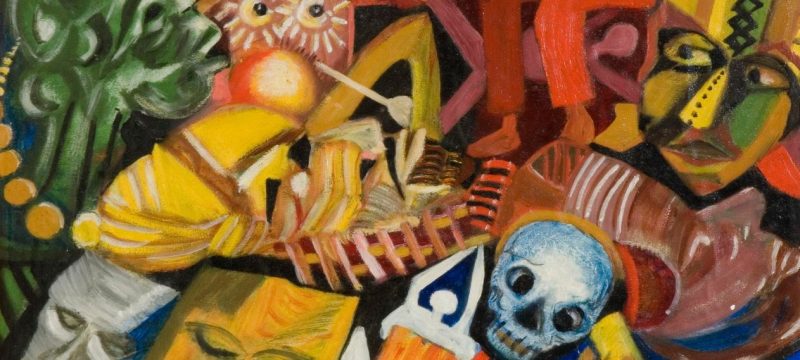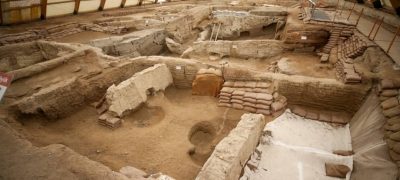Celebrating a New Era for Nigerian Art
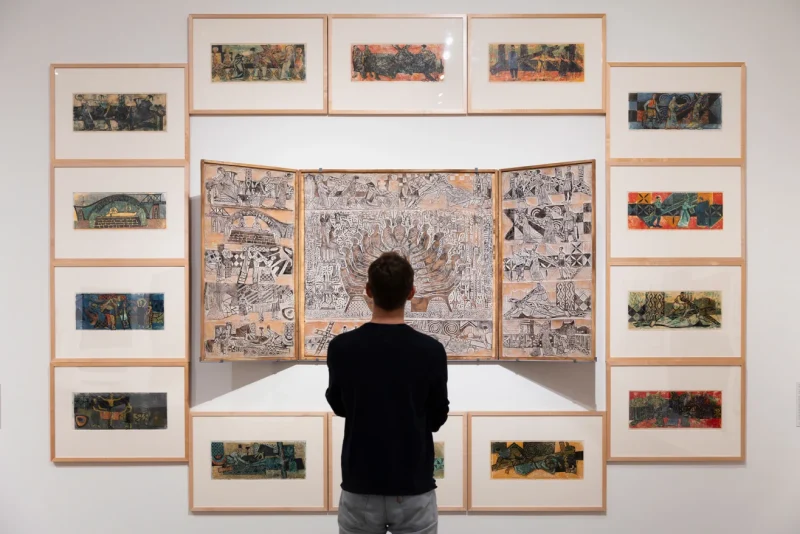
A historic exhibition at London’s Tate Modern is redefining how the world views Nigerian Art and its pivotal role in shaping global modernism. Titled “Nigerian Modernism,” the exhibition brings together more than 250 works created between the 1940s and 1980s. It traces the country’s artistic evolution from the colonial era to independence and beyond — highlighting how Nigerian artists blended indigenous traditions with Western artistic methods to create a distinct modernist movement.
This is the first major Tate exhibition dedicated solely to modern art from Nigeria, signaling long-overdue recognition for artists who challenged Eurocentric art narratives.
Uzo Egonu: Art of Migration and Identity
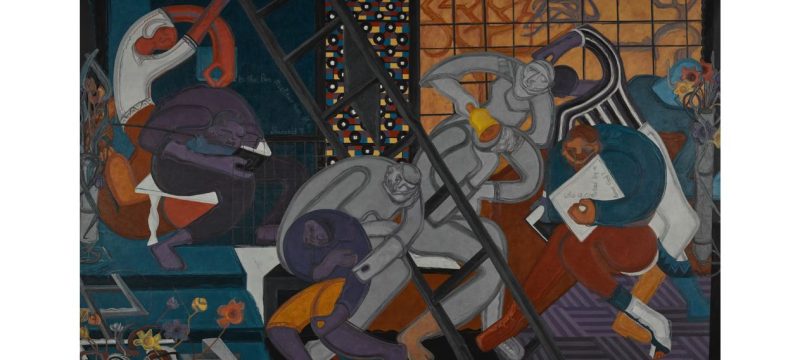
One of the exhibition’s standout figures is Uzo Egonu, known for his use of bold shapes, abstract forms, and cultural symbolism. His 1981 series “Stateless People” and the 1985 oil painting “Will Knowledge Safeguard Freedom” reflect deep feelings of displacement and identity — themes inspired by his life as a Nigerian migrant in Britain.
Egonu’s work bridges African heritage and European modernism, giving voice to the immigrant experience. He spent most of his career in London, where he used art to express longing for home and the struggles of belonging. His contributions to Nigerian Art now earn him international acclaim, as his work is finally displayed alongside global modernist masters.
Ben Enwonwu: The Father of Nigerian Modernism
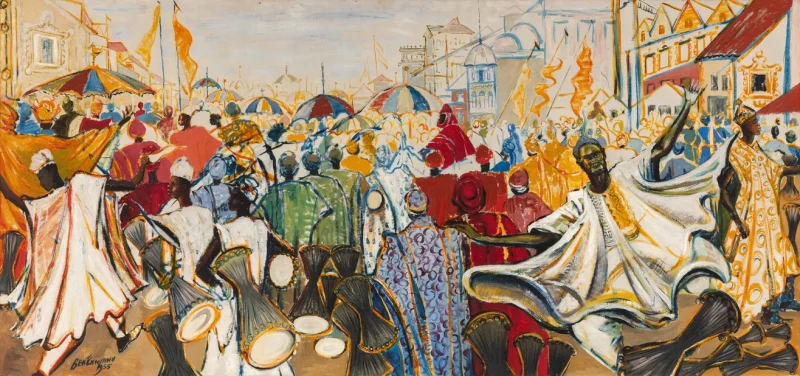
The exhibition also honors Ben Enwonwu, one of Nigeria’s most celebrated artists. Born in 1917 in Onitsha, Enwonwu studied at London’s Slade School of Art and later became a defining figure in African modernism. He is best remembered for blending classical techniques with his Igbo cultural roots — capturing the essence of African life through sculptures and paintings.
Enwonwu gained global recognition when he was commissioned in 1957 to sculpt a portrait of Queen Elizabeth II. His work showcased African sophistication and creativity at a time when the continent was still under colonial rule. “He foregrounded African cultural registers in his work,” said art historian Sylvester Okwunodu Ogbechie. “If Monet could paint water lilies and be called a modernist, Enwonwu could paint masquerades and markets and deserve the same respect.”
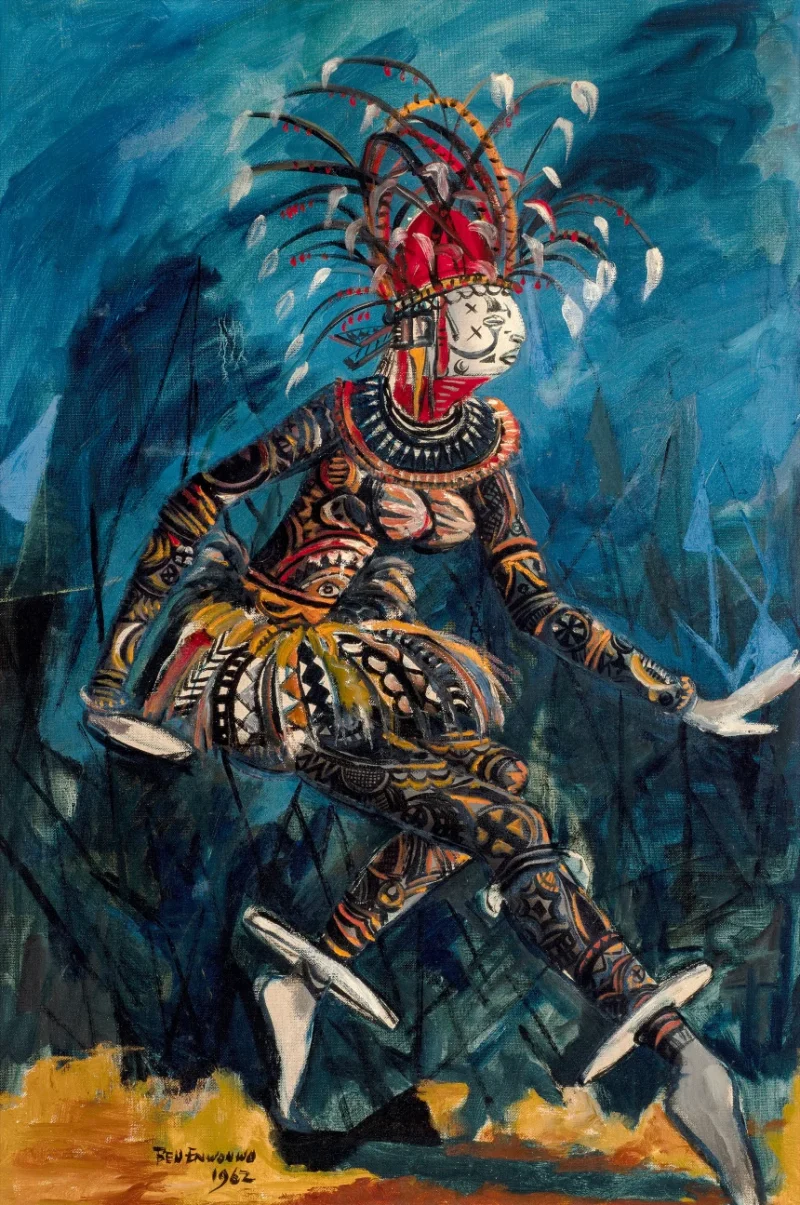
His masterpiece Tutu sold for $1.67 million in 2018, cementing his legacy as a global icon of Nigerian Art.
Ladi Kwali: The Woman Who Redefined African Ceramics
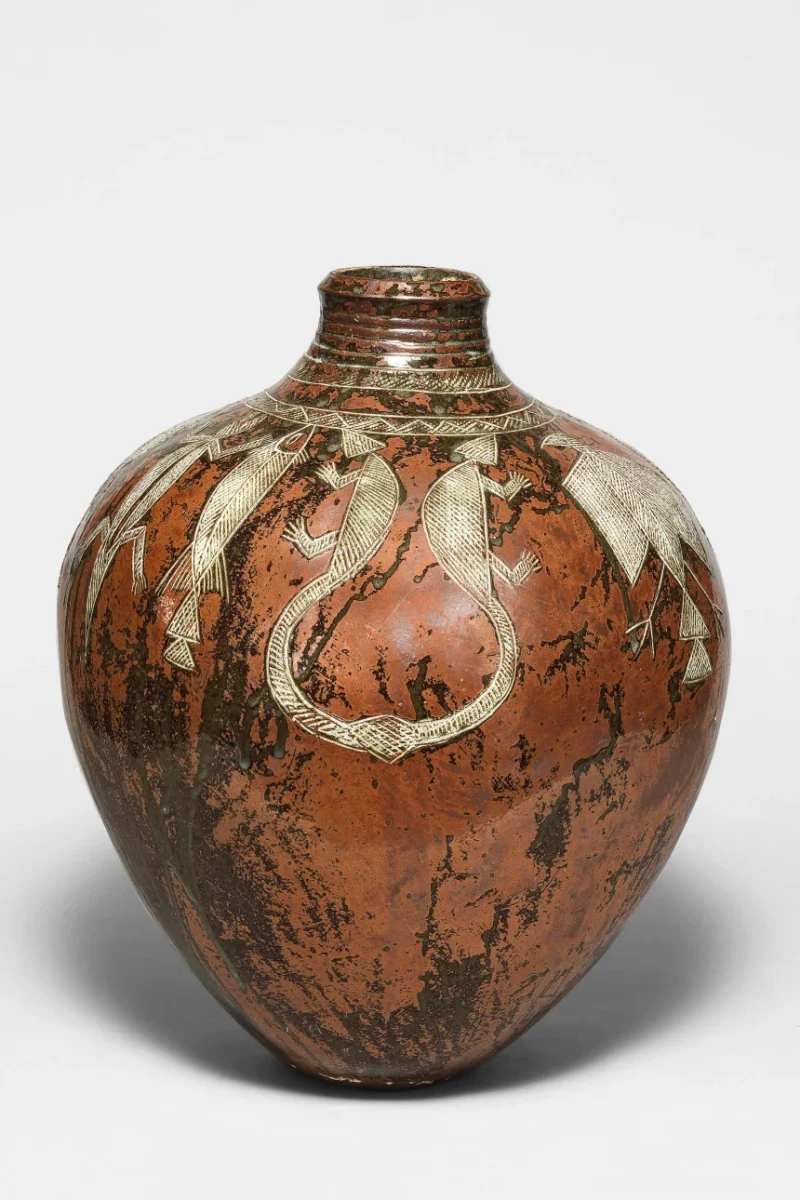
Another artist receiving international recognition is Ladi Kwali, Nigeria’s pioneering potter and the first woman featured on the country’s currency. Born in northern Nigeria, Kwali combined traditional Gwari pottery methods — learned from her aunts — with modern ceramic techniques taught at the Pottery Training Centre in Abuja.
Her vessels, adorned with lizard and fish motifs, merge functionality with artistic beauty. Today, her works are displayed in major galleries, including the Ford Foundation Gallery in New York and the Centre Pompidou in Paris. Helene Love-Allotey of Bonhams praised her, saying, “She remained true to her identity and traditions while transforming them into modern art.”
A Global Reawakening of African Modernism
According to Osei Bonsu, Curator of International Art at Tate Modern, Nigerian artists were key to the development of modernism beyond Europe. “Where we often associate modernism with European art history, there were, in fact, multiple modernisms — and Nigeria was central to that story,” Bonsu explained.
The exhibition highlights how Nigerian Art reflected national identity during and after British colonial rule. Artists experimented with uli designs — a traditional Igbo practice of body and wall painting — which embodied modernist principles like abstraction, balance, and negative space.
Global Recognition and Record-Breaking Success
Beyond museum walls, interest in African and Nigerian Art has surged in recent years. Works by Enwonwu, Egonu, and Kwali have achieved record prices at international auctions. Bonhams, a leading London auction house, has reported growing demand for Nigerian modernist art, describing it as “a market finally catching up with history.”
Curators, scholars, and collectors now see this as a cultural correction — a long-overdue acknowledgment of Africa’s contribution to modern art. “We don’t always center African stories when we talk about world history,” Bonsu said. “This is a chance to celebrate the immense contributions African artists have made — not just to art history, but to the way we see the world.”
A Defining Moment for Nigerian Art
The Tate Modern exhibition marks a turning point — positioning Nigerian Art not as a regional movement, but as a vital part of global modernism. For decades, artists like Egonu, Enwonwu, and Kwali were overlooked in Western art narratives. Now, their works are reclaiming their rightful place in the story of world art.
As international audiences explore “Nigerian Modernism,” the message is clear: African creativity has always shaped modern art — the world is only beginning to recognize it.
In other news also read about In Taylor’s Ophelia, Fairytales Rewrite Themselves


